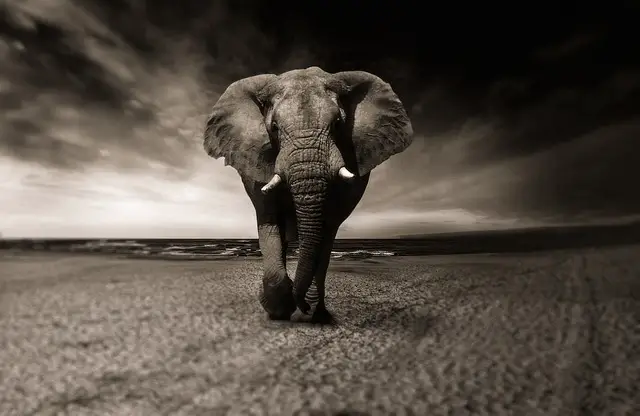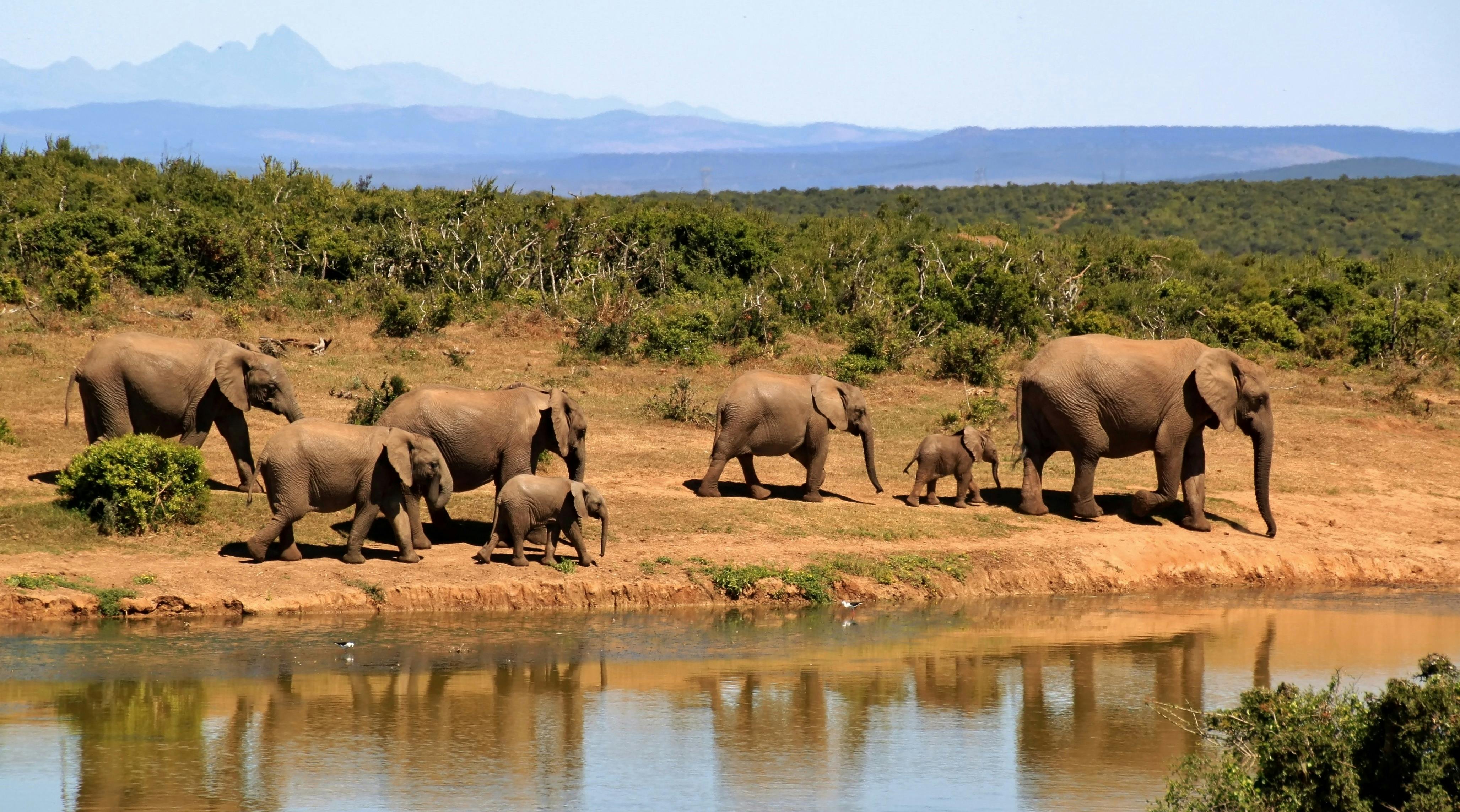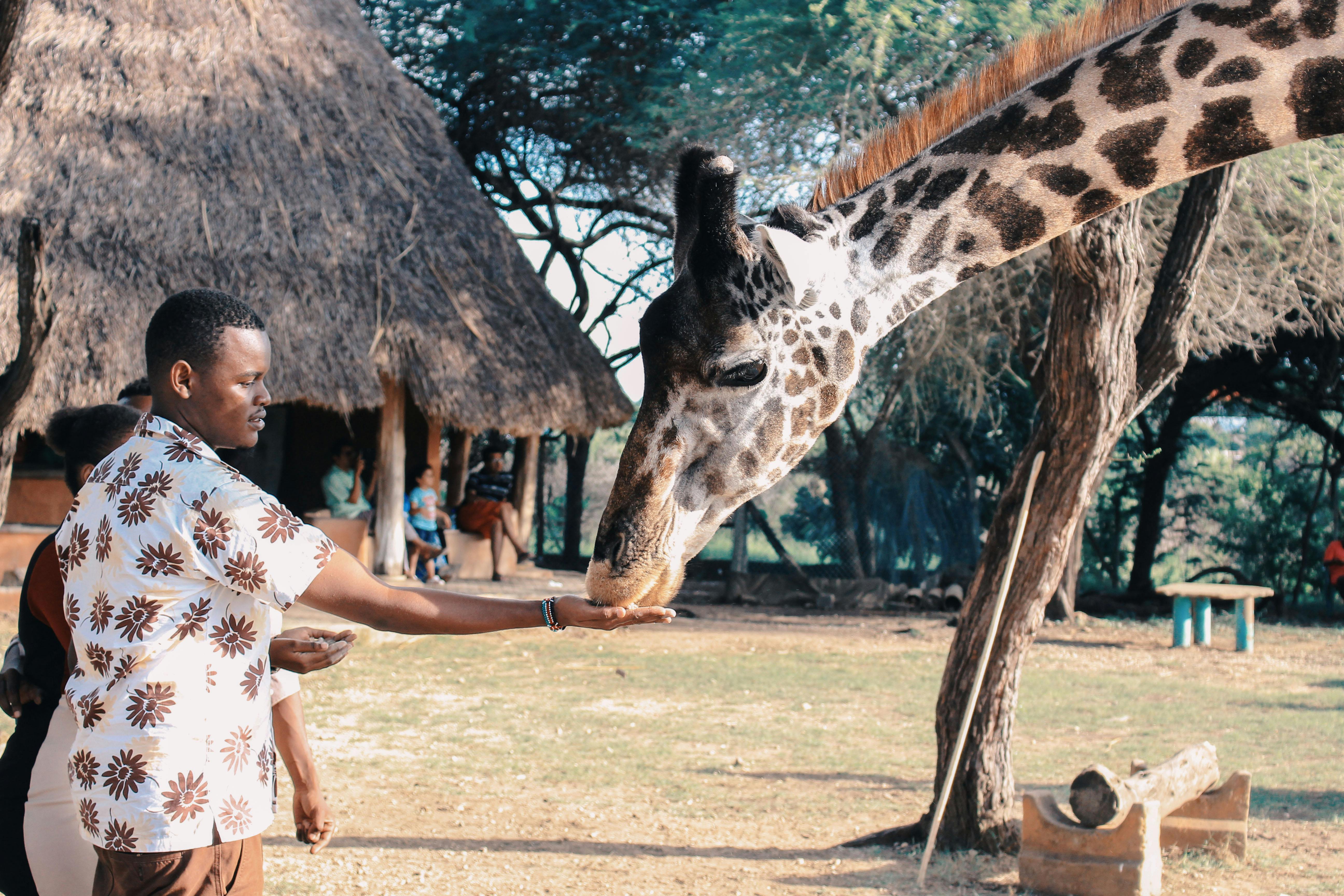What To Wear On African Safari

An African safari is one of the most exciting and memorable vacations you can take. The wildlife, landscapes, and cultural experiences make a trip to Africa one of a kind. However, what you wear on your safari can make a huge difference in your comfort and enjoyment. Whether you’re planning a long or short trip, you want to make sure you’re dressed properly for the environment and activities. In this guide, we’ll share some tips on what to wear on an African Safari so that you can make the most of your time in the wild.
Footwear For An African Safari
When it comes to packing for an African safari, footwear is one of the most important items you need to bring. Not only do you need shoes that are both comfortable and durable, they must also be appropriate for the terrain and climate. You don’t want your feet to suffer in the heat!
The best type of shoes for an African safari are sturdy, closed-toe sneakers or hiking boots. This type of shoe will provide you with protection from sharp rocks and other debris on the ground, as well as provide traction on slippery surfaces. It’s also important to choose a shoe with plenty of breathability so your feet won’t overheat in the hot temperatures. If possible, try on different styles before you go to make sure they fit correctly and are comfortable.
In addition to sneakers or hiking boots, you should bring a pair of sandals with comfortable straps. These are great for wearing around camp when it’s too hot for closed-toe shoes and protect your feet from any dirt or stones that may be present. They can also provide some relief if your feet become swollen due to heat and activity levels during your trip.
Finally, don’t forget a pair of wool socks! These will help keep your feet warm at night when temperatures drop drastically in some areas of Africa. Wool socks also help prevent blisters when walking long distances in your hiking boots.
When preparing for an African safari, make sure to pack the right footwear! Sturdy sneakers or hiking boots will provide protection from sharp rocks and slippery surfaces, while sandals offer relief when temperatures get too hot. Finally, wool socks can help keep your feet warm at night and prevent blisters during long hikes. With the right footwear packed away, all that is left is to enjoy the adventure ahead!
Clothing
When packing for an African safari, clothing is one of the most important items to consider. It is important to choose clothing that is lightweight and breathable. Choose natural fiber fabrics such as cotton or linen, and avoid synthetic fabrics like polyester or nylon. Avoid bright colors and opt for neutral colors that will blend in with the natural environment. A good rule of thumb is to layer your clothing by wearing a T-shirt over a long-sleeved shirt, and adding a light jacket if needed. Be sure to pack enough clothes for the number of days you are going on safari, as well as an extra item in case you encounter any unexpected weather conditions.
Footwear
Comfortable and sturdy footwear is essential for an African safari. Closed-toe shoes are best, as they will provide protection against thorns and other sharp objects that may be encountered in the bush. Hiking boots or walking shoes are ideal choices, as they provide support for your feet while walking, and help protect against snake bites. Sandals can also be worn during the day, but it is important to have a pair of closed-toe shoes for nighttime activities such as game drives.
Sunglasses & Hat
It is important to protect your eyes from the glare of the sun when on an African safari. Sunglasses should have UV protection and should fit snugly on your face so they stay in place while you are out in the bush. A wide-brimmed hat will also help to keep your head cool and protected from direct sunlight.
Binoculars & Camera
Binoculars are essential when on safari, as they allow you to get closeup views of wildlife from a safe distance. Look for binoculars with at least 8x magnification power so you can get clear views of animals even at far distances. A camera is also essential when on safari; choose one that has a zoom lens so you can capture closeup shots of wildlife without having to get too close. Be sure to bring plenty of memory cards and extra batteries so you don’t miss out on capturing any special moments.
Other Accessories
Other useful items to bring along include insect repellent (preferably one with DEET), sunscreen (with SPF 30+), hand sanitizer, flashlight/torchlight, multi-tool, pocket knife (for cutting branches or rope), first aid kit (including bandages), personal water bottle (refillable) or hydration pack filled with fresh drinking water, power bank (for charging electronic devices) and bin liners/trash bags (to store used items).
Appropriate Colors To Wear On An African Safari
When planning an African safari, the colors you choose to wear can be just as important as the items you pack. Bright colors such as neon orange, yellow, and pink can draw unwanted attention from animals and can also make it harder for a tour guide or ranger to spot you in the bush. Neutral colors such as khaki, olive green, and tan are best for blending into the natural environment. Not only will these colors help you remain unseen and safe in wild environments, but they can also help you feel more connected with nature.
It is also important to consider how light or dark your clothing is when selecting an appropriate color for a safari. Darker colors such as navy blue or black will absorb more heat during the day and may cause discomfort while lighter shades such as cream or white may cause sunburns if not properly covered up. Long-sleeved shirts and pants are highly recommended when planning a safari in order to protect yourself from sunburns, insect bites, and other potential hazards.
Finally, it’s important to think about the type of terrain you will be exploring before selecting a color for your safari clothing. If you are expecting to be out in mud or water frequently then darker colors may be more practical than lighter ones since they won’t show dirt or stains as easily. Additionally, if you plan on walking through dense forests or tall grass then opting for muted tones like olive green or khaki can help keep you camouflaged from any potential predators that may lurk in these areas.
Overall, when deciding what color to wear on your African safari it’s important to consider both safety and comfortability factors that may come into play during your trip. Neutral-colored clothing such as khaki, olive green, tan, and cream are ideal for blending into your environment while still providing adequate protection from sunburns and other potential hazards that may occur while out in nature.

Planning Your Clothes
When planning your wardrobe for an African safari, comfort and practicality should be your top priorities. Choose clothing that is lightweight and breathable, as the temperatures can reach very high levels during the day. Make sure to pack a variety of pieces as you will need different items for each activity. Avoid bright colors as they can attract animals, and opt instead for neutral tones like khaki and olive green.
Layering Your Clothing
Layering your clothing is essential when going on an African safari. Start with a light base layer such as a t-shirt or tank top and then add a long sleeve shirt or light jacket for extra protection from the sun. If you will be out in the evening, bring along a warmer layer such as a fleece or sweater to keep you warm when the temperatures start to drop. You should also pack some rain protection such as a waterproof jacket or poncho in case of unexpected showers.
Footwear
Comfortable and sturdy footwear is essential when going on an African safari. A pair of lightweight hiking boots is ideal for walking over rough terrain, while sandals or sneakers are better suited for activities like game drives or days spent at the lodge. If you’re planning on doing any water activities, make sure to bring some water shoes with you to protect your feet from sharp rocks or shells.
Accessories
Don’t forget to pack some accessories to complete your safari look! Sunglasses are essential for protecting your eyes from the bright African sun, while hats are great for keeping you cool during hot days out in the bush. A good quality camera bag is also recommended so you can safely transport your gear without worrying about it getting damaged.
With these tips in mind, you’ll be sure to find comfortable and practical clothing that will make your African safari experience even more enjoyable!
Fabrics To Choose When Packing For An African Safari
When it comes to packing for an African safari, choosing the right fabrics is essential. Natural fibers such as cotton, linen, and wool are best for keeping you comfortable when travelling in hot climates. Lightweight and breathable fabrics are preferable as they will help to keep you cooler in the heat of the day. Additionally, fabrics that are easy to care for are ideal as they will require less maintenance while on your trip.
Cotton is a great choice for an African safari due to its breathability and moisture-wicking properties. Linen is another natural fiber that is lightweight and breathable, so it is perfect for hot climates. Wool can be a good choice too if you’re looking for something more substantial that can provide warmth if needed. Synthetic fabrics such as polyester and nylon can be used too, but they tend to trap heat more than natural fibers do.
When selecting fabrics for an African safari, it’s important to consider both comfort and practicality. Choose materials that will keep you cool during the day but also provide some warmth at night when temperatures drop. Also consider how easy the fabric will be to care for while on the road; wrinkle-resistant materials are ideal if you don’t want to spend time ironing or steaming your clothes every day. Finally, consider patterns and colors; brighter hues may attract insects while darker colors can help camouflage you from predators.
Overall, picking the right fabrics for an African safari can make a huge difference in your comfort level while travelling. Natural fibers such as cotton, linen, and wool are great options due to their breathability and moisture-wicking properties. Consider both practicality and comfort when selecting materials, as well as patterns and colors that won’t stand out too much in the bush. With a little bit of thought put into your clothing choices, you’ll be sure to have a comfortable experience on your African safari!
What Not To Wear On An African Safari
Heading to an African safari sounds like a dream come true, and it’s important to make sure you’re prepared with the right clothing. It’s best to dress casually and comfortably for an African safari, as you will be spending a lot of time outdoors. Here are some tips on what not to wear on an African safari:
Avoid bright colors – Bright colors can attract dangerous animals such as lions and elephants. Stick to neutral colors such as olive green, khaki, brown, dark blue, and black.
No jeans – Jeans can be too heavy and uncomfortable in the sweltering heat of Africa. Instead opt for lightweight fabrics in natural fibers like cotton or linen.
No open-toed shoes – Open-toed shoes or sandals are a no-no on an African safari as they can easily get caught in the thick undergrowth or even worse – stepped on by an elephant! Opt for closed-toed shoes instead that provide good ankle support.
Don’t forget your hat – A wide-brimmed hat is essential for shading yourself from the sun during your safari activities. You’ll also need sunglasses and sunscreen to protect your eyes and skin from the harsh African sun.
Wear layers – Since temperatures can vary significantly throughout the day, it’s best to dress in layers so you can easily add or remove clothing depending on how hot or cold it is outside. Make sure to bring a light jacket for early morning game drives when temperatures tend to dip lower than usual.
By following these simple tips you can ensure that your clothing choices are suitable for your African safari adventure!

Conclusion
The perfect African safari wardrobe will depend on the specific climate and terrain of your destination. As a rule, you should always opt for lightweight, breathable fabrics that are light in color and provide sun protection. Make sure to include a hat, sunglasses, insect repellent, and comfortable walking shoes in your packing list. Above all else, the most important thing when choosing what to wear on an African safari is to be comfortable. Have fun exploring the amazing natural wonders of Africa!
Happy Safari!
